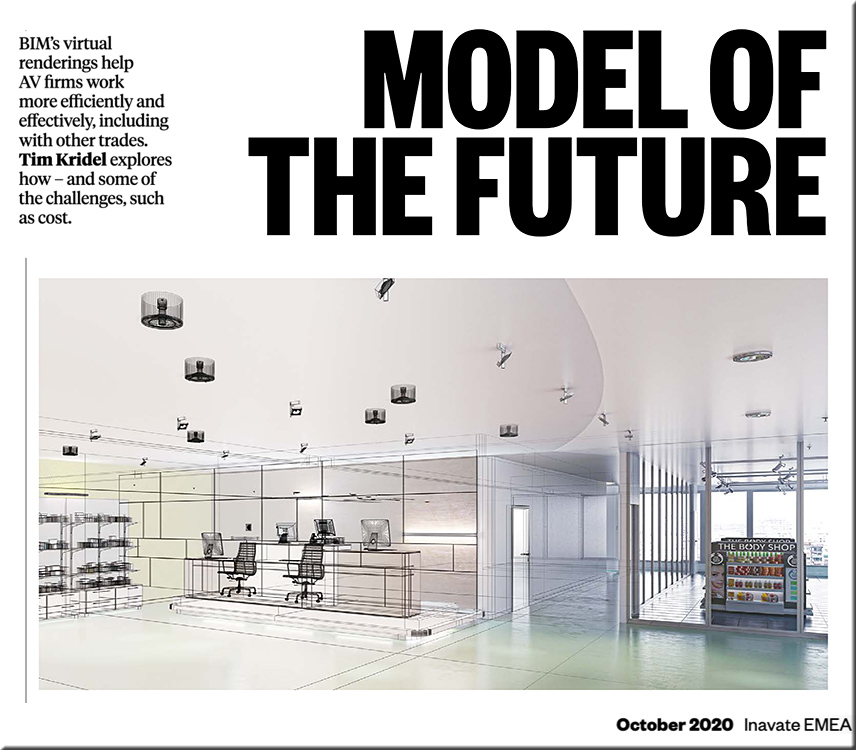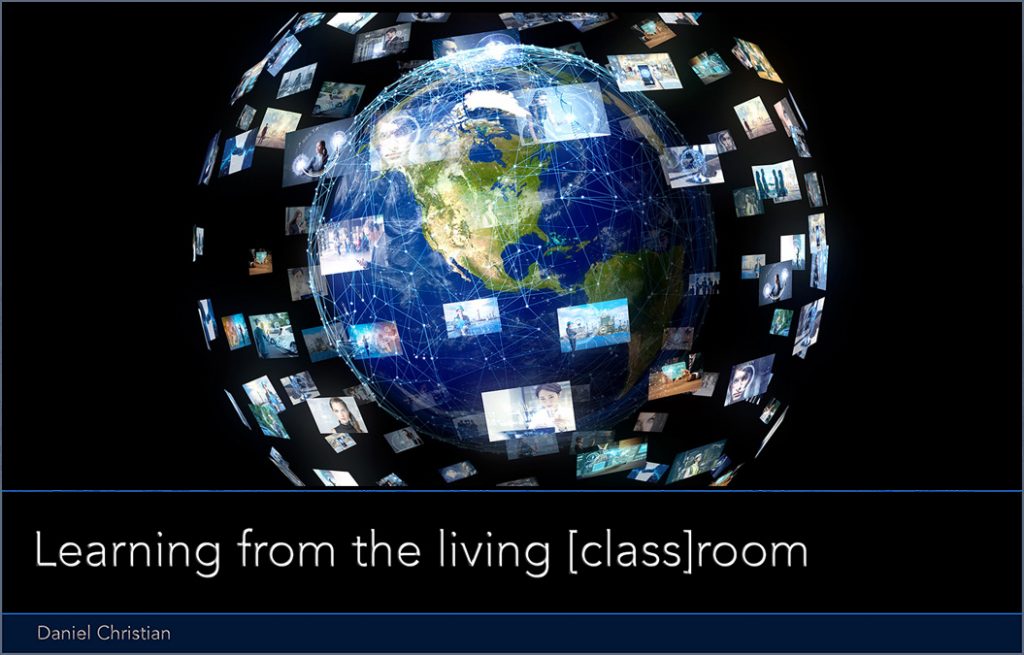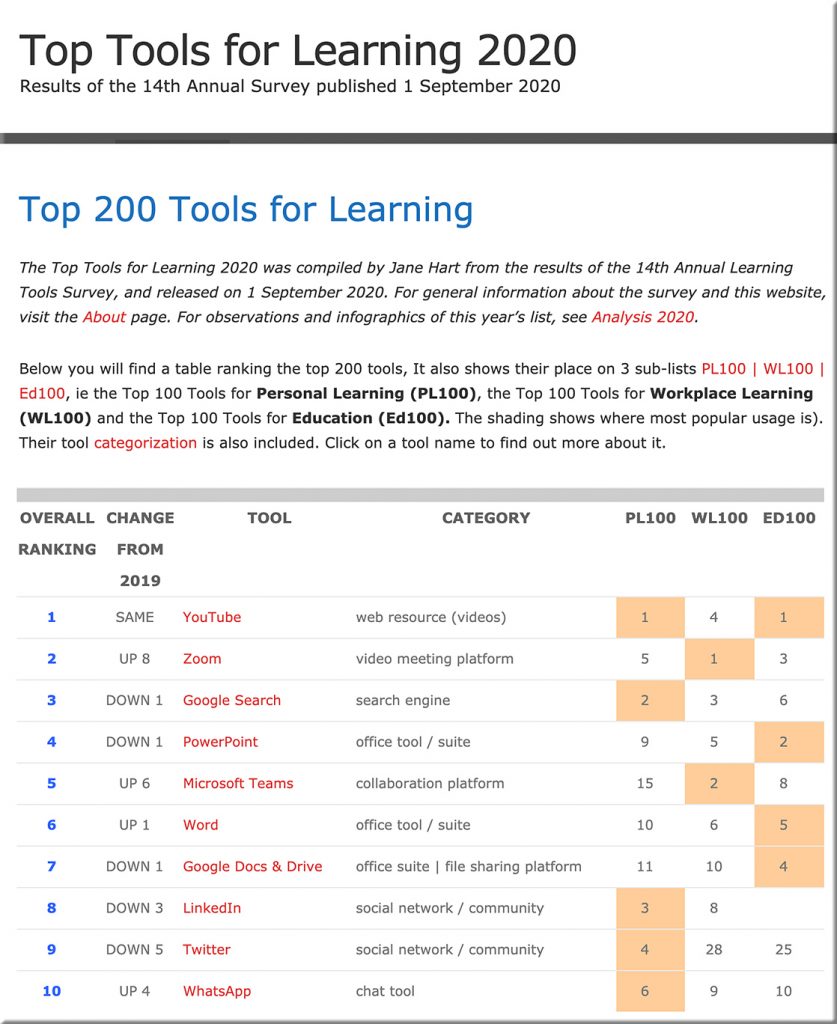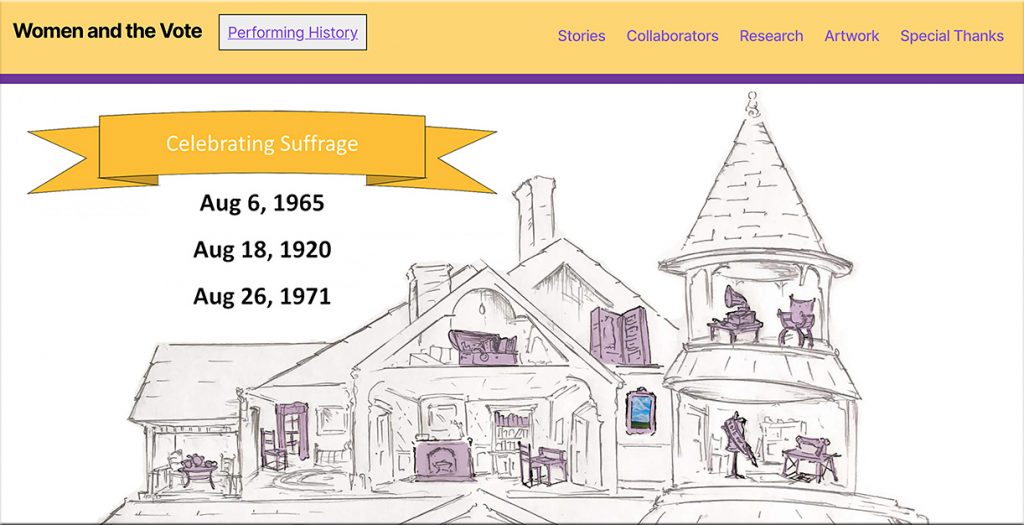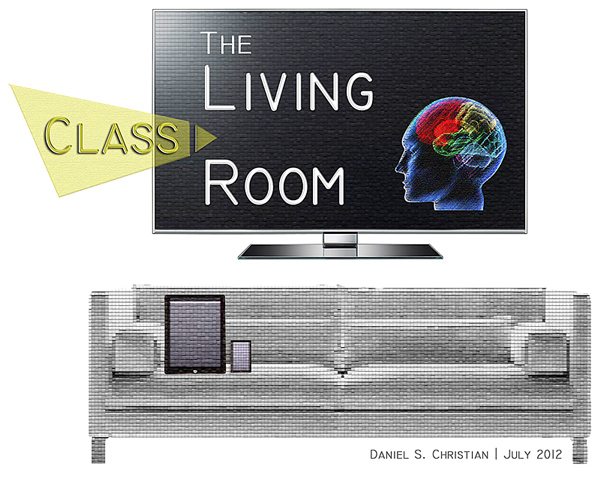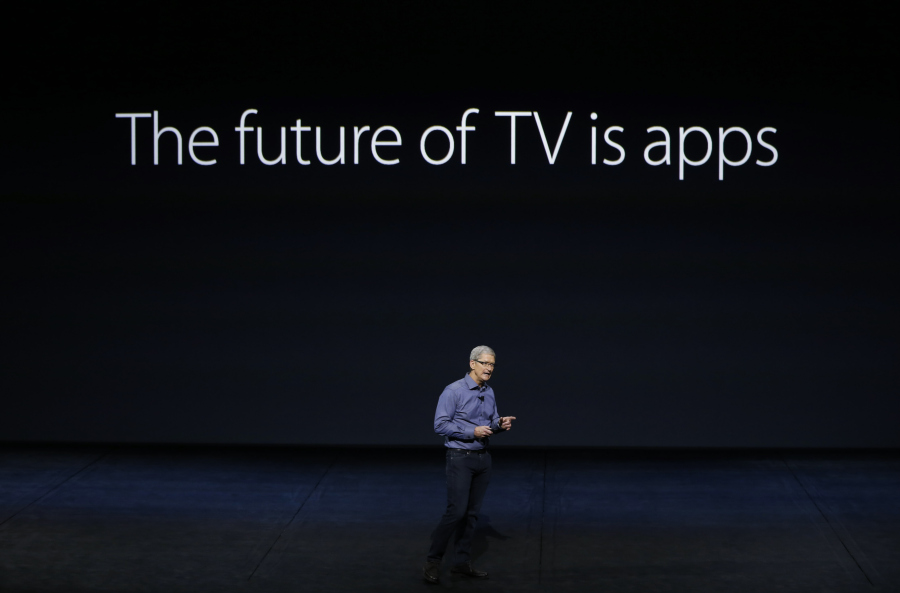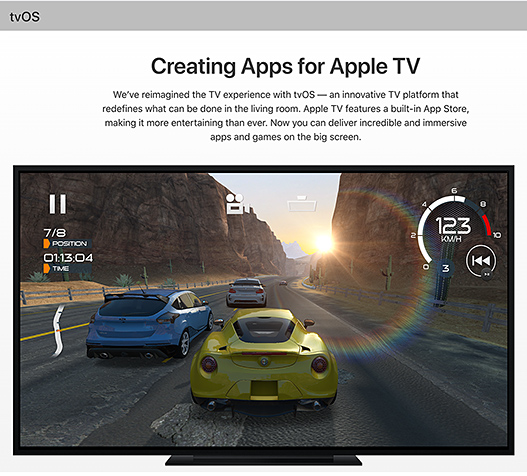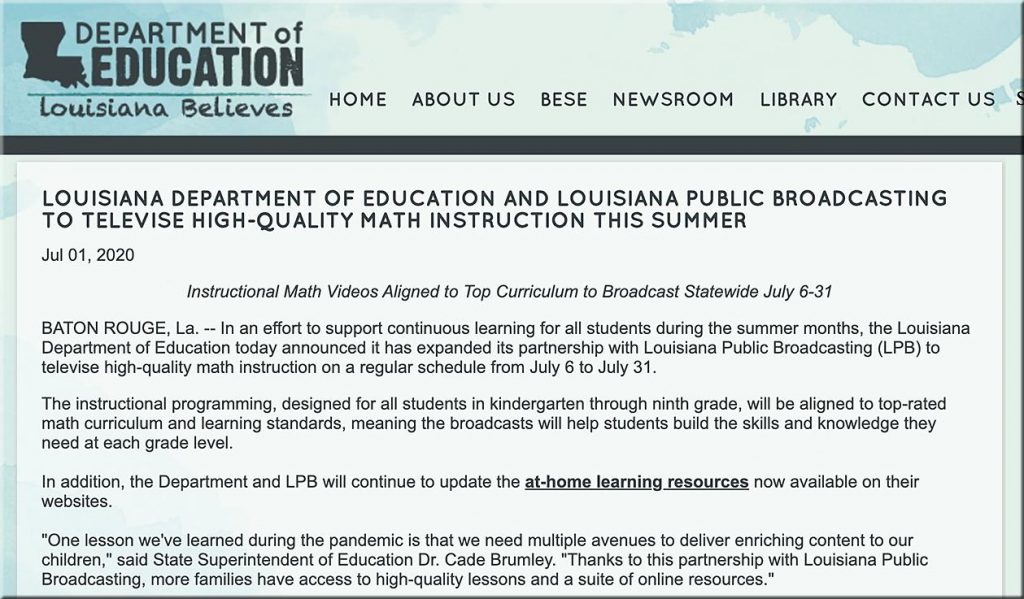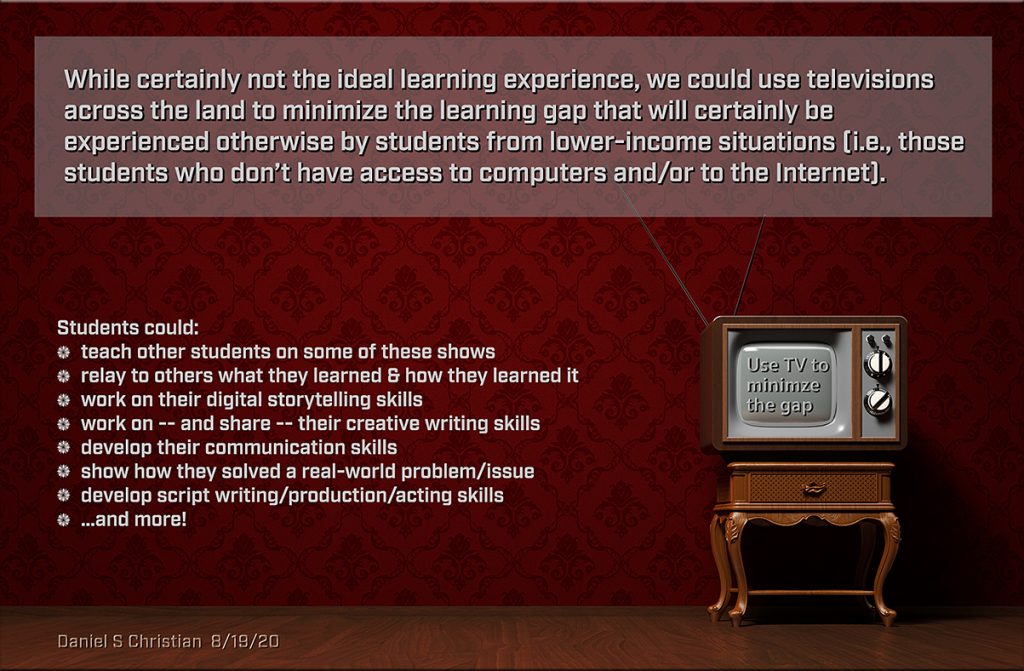Also see:
Zoom for Home – DTEN ME is an all-in-one personal collaboration device for your home office
Care over IP — from Inavate EMEA October 2020
Care over IP The Covid-19 outbreak has put working from home centre stage, but what happens when you work in a hospital? Paul Milligan speaks to those proving remote/virtual alternatives for patient care.
From DSC:
I continue to wonder how telelegal will be impacted by what’s happening with telehealth/telemedicine/virtual health…my guess is that telelegal will also grow quite a bit in the future.
Addendum on 9/25/20, below is an excerpt from a press release sent to me by Ashley Steiger at AristaMD:
University of Colorado School of Medicine and AristaMD Partner to Expand eConsults to Community Providers
SAN DIEGO – Sept. 22, 2020 – AristaMD, an innovative telehealth platform that delivers primary care providers (PCPs) timely and documented specialist insight through eConsults, has partnered with the University of Colorado School of Medicine (CU) to expand eConsults to a network of community providers. The partnership begins with Salud Family Health Center, which has 13 clinic locations and serves communities in northeast and southeast Colorado.
“AristaMD is pleased to be working with our first partner that is a part of the Association of American Medical Colleges’ Project CORE: Coordinating Optimal Referral Experiences. We can support health systems, including those already using eConsults within their own electronic health records (EHR), to more broadly expand to clinics on any system,” said Brooke LeVasseur, CEO of AristaMD. “The AristaMD platform works with all EHRs, seamlessly integrates into physician workflows, and will allow us to scale to community providers throughout the state of Colorado as the partnership grows.”
Also see:
Students need digital skills more than ever. We know because they’re telling us. — from jisc.ac.uk by Ruth Drysdale
As learners return to colleges and campuses, there’s no turning back from the online shift they’ve experienced this year. Embedding digital in both face-to-face and remote learning is more crucial than ever.
There’s been impressive change in the past six months, but we’ve also seen emergency measures, introduced at speed, as a ‘good enough’ sticking plaster solution. Students are telling us they need digital embedded into their courses. Now is the time to listen and respond, transforming approaches and delivering robust systems that can withstand the uncertainties ahead.
8 innovative virtual learning design tips to engage your remote teams — from elearningindustry.com by Shannon Hart
Virtual learning is an essential component in the Learning and Development toolkit, and it is widely used for training and educational purposes. It is not, however, always high quality or effective. Here are some design tips from the instructional and visual perspectives to give your virtual learning a real boost.
Excerpt:
With more employees working remotely than ever before, it is crucial that we create learning assets that really engage. Let’s talk about two aspects of design that are equally important if you want to provide virtual learning that really gets results—Instructional Design and visual design.
#visualdesign #instructionaldesign
#elearning #simulations #interaction
#corporatelearning #graphicdesign
From DSC:
Notice the variety of necessary skillsets involved in Shannon’s article! This is one of the reasons I’m for the use of team-based content creation and delivery.
Best Content Awards 2020 — from elearninfo247.com by Craig Weiss
Excerpts:
Judging Areas
- Video
- Animation
- Audio Quality
- One that is very important, but way too many vendors lacked it…ADA508 or similar (depending on the country, but most countries have it) support.
- Usefulness
- Interactivity (Quality and Usability)
- Engagement
- Scenarios (if applicable)
- Description
- Objectives
What was excluded
- Assessments
And now… the awards.









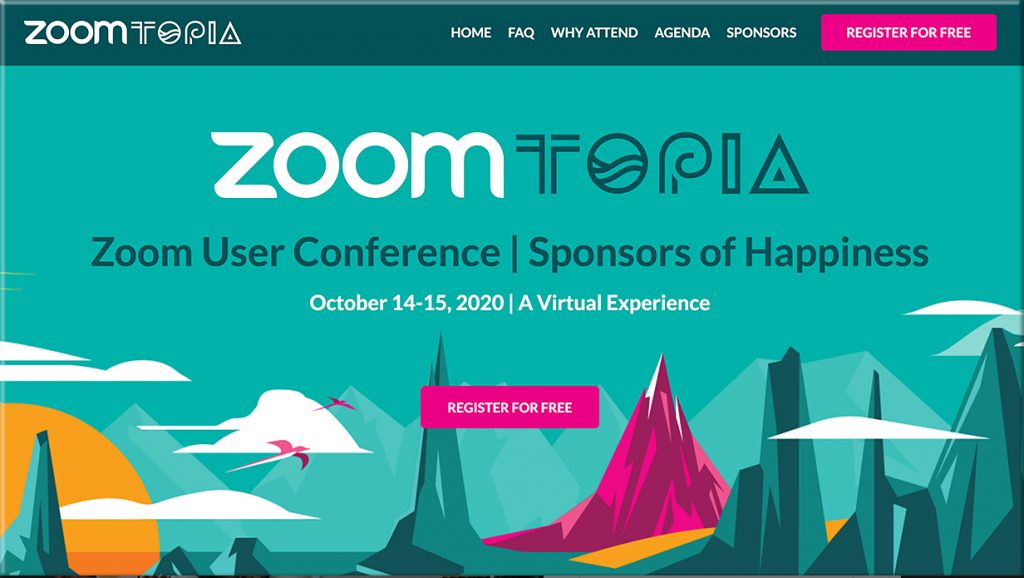
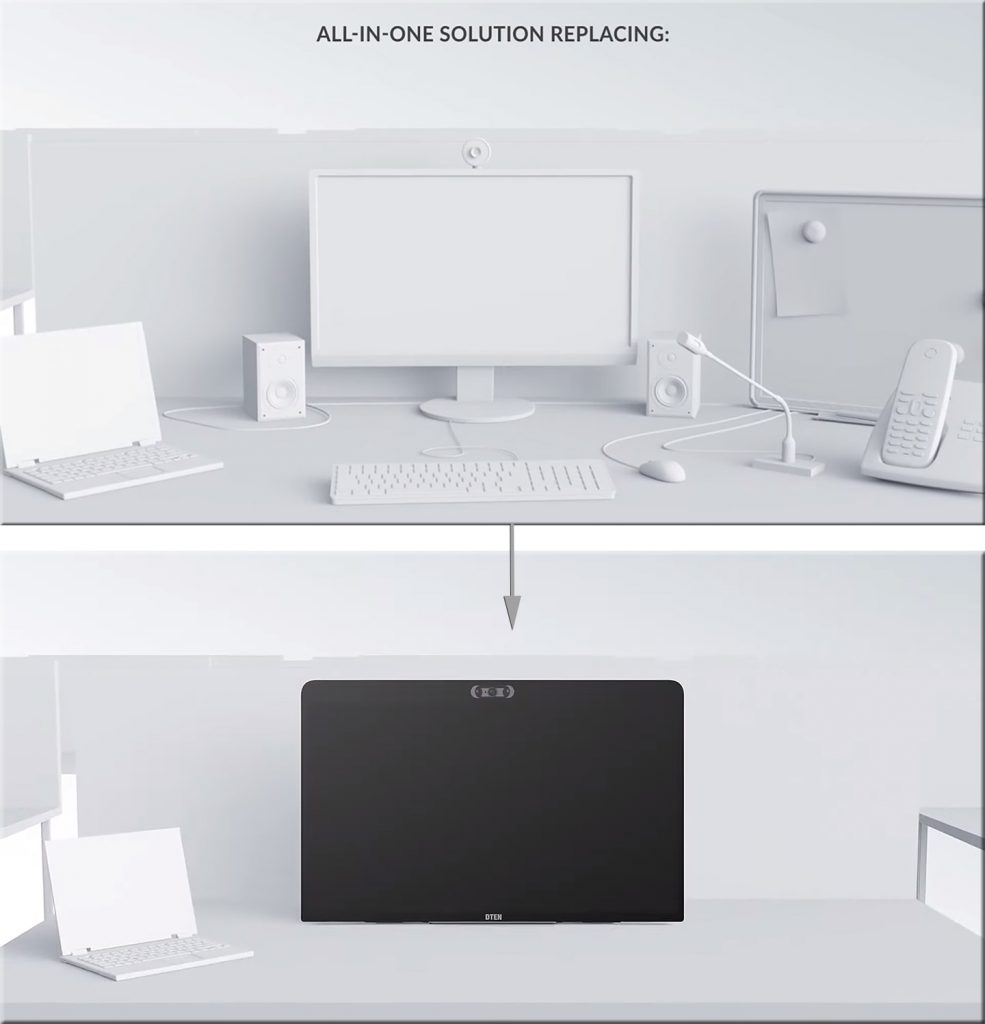

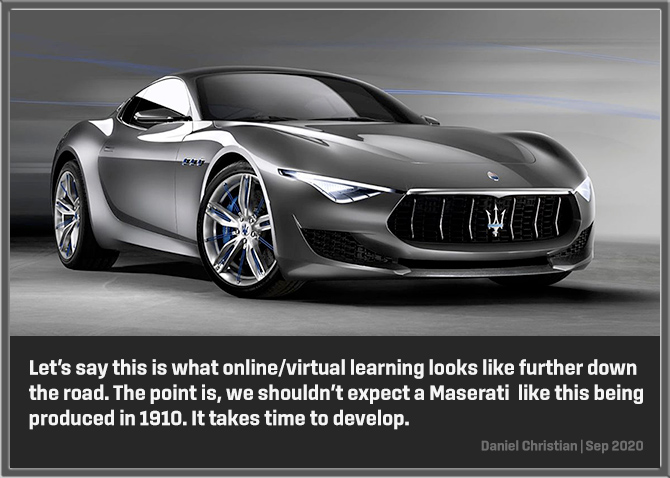


![Care over IP [Inavate EMEA; Covid's impact on remote healthcare continues]](http://danielschristian.com/learning-ecosystems/wp-content/uploads/2020/09/Covid-Impact-On-Remote-Healthcare-Sept2020.jpg)
